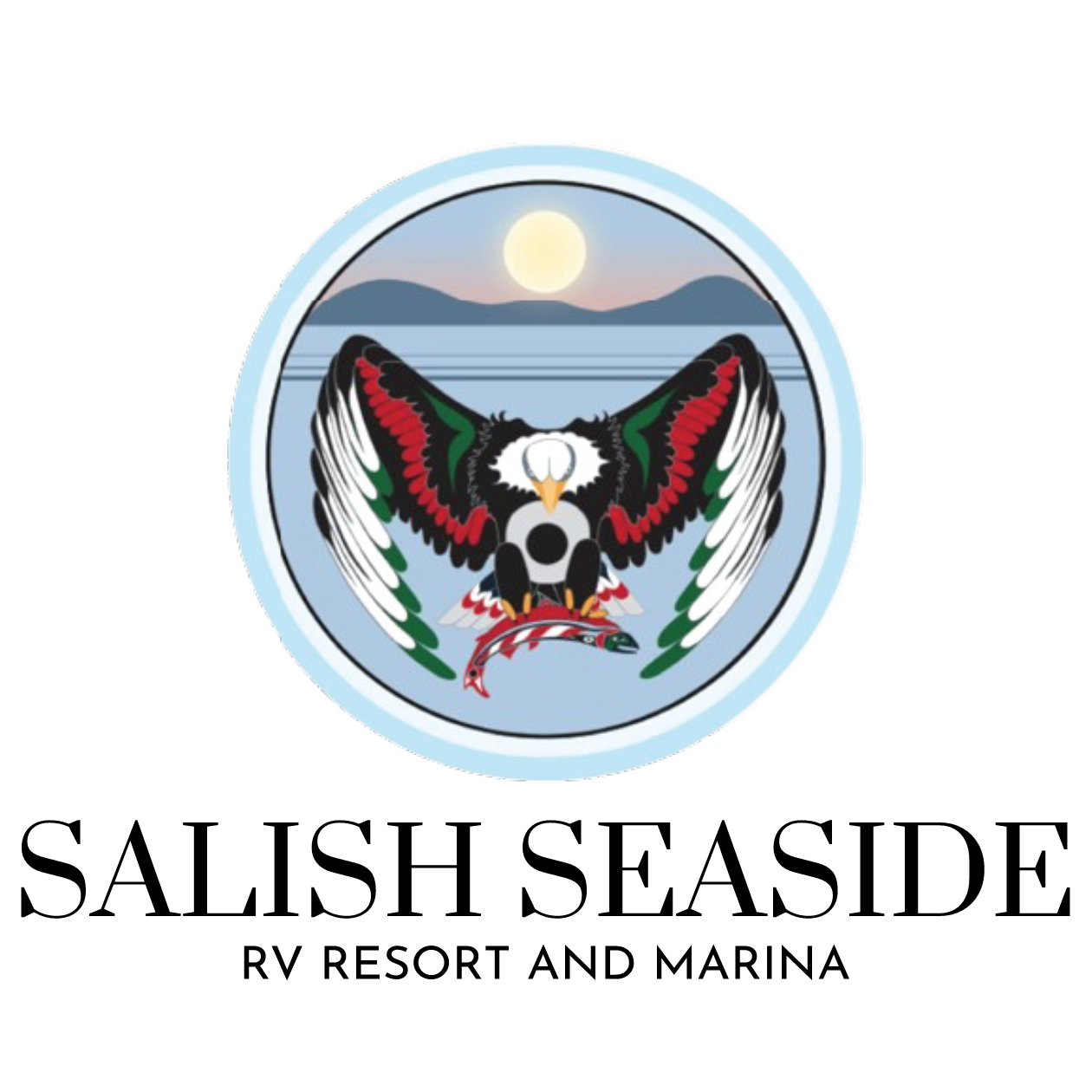Driving an RV to Victoria
What you need to know…
A question we get is how do you get a motorhome to Victoria, which is on an Island? It’s easier than you might think, whether you’re coming from mainland BC or the USA. There are a few routes available to you with the ferries, so here we take a look at how to get an RV to the beautiful city of Victoria so you can explore everything this island has to offer!
Preparing For Your Trip
Firstly before you even start your engine, you'll want to make sure you have everything in order. "Hope for the best and prepare for the worst" is a good motto when it comes to weather, supplies, and insurance.
Along with your usual luggage and preparations, you'll want to make sure that you:
Have up to date auto insurance for your rig.
Have travel insurance (even if you're travelling within Canada). If you're travelling in a group, you might be able to get premium discounts if you order together.
Look up the long weather forecast and pack the right clothes. Victoria is generally mild, but sometimes we can experience heat and sudden cold/rainy periods.
Put together a list of places and activities you’d like to do, with both indoor and outdoor options, from summer markets to little museums.
If travelling with a minor, have all the necessary paperwork in order.
Keep any extra travel documents such as medical insurance within reach, so don't bury them in your luggage, in case border officers ask to see them.
Leave behind any personal defence weapons such as pepper spray or guns.
Foreign Visitor Travel Preparations
If you're travelling to Victoria from outside of Canada, there are a few more things you might need to account for. Speaking to a travel agent in your area can help reduce stress as they can better advise you on exactly what you need to enter the country.
Check the Government of Canada website to see if you need to apply for a visa to visit or what other documents are needed for you to enter..
If you are an American citizen travelling from the USA and staying less than 180 days, you do not need to get a Visa to enter Canada, however you must have a valid American passport and a Green Card if applicable. All persons entering Canada must carry proof of citizenship and identity, and for US citizens a USA passport, passport card, or NEXUS card satisfies these requirements.
NEXUS is designed to speed up border crossings into Canada and the USA for ‘low-risk, pre-approved travellers’. Run jointly by Canadian Border Services Agency and USA Customs and Border Protection, this program is useful for frequent travellers as members use dedicated processing lanes at designated border ports of entry, reducing wait times. Membership is valid for 5 years and applications are currently processed within 30 days, and you can apply directly online.
Getting To Victoria with an RV
Once you have everything settled and sorted, how do you actually get here? Victoria is surrounded by water, so there are a few ferries that accommodate big RVs to deliver you safely to the Island.
From Canada – BC Ferries
If you’re travelling within BC, the only option is to take BC Ferries. You can board either at Tsawwassen, which is the port closest to Vancouver and goes to Swartz Bay, the closest port to Victoria, or you can board at Horseshoe Bay in North Vancouver for a ferry that goes to Nanaimo. For visitors to Salish, taking the Tsawwassen – Swartz Bay route will be most convenient.
At the time of this article the BC Ferry Fares are (in Canadian dollars) $18.50 per adult (12+) passenger and $78.25 for a vehicle up to 20 feet in length, with a cost of $7.50 per additional foot for larger vehicles. For example, 2 passengers travelling on a RV 10 feet high by 30 feet in length will be a total of $187.70, which includes the fuel surcharge and taxes.
You can prepay and reserve for a selected sailing, which during the summer months departs almost every hour from 7:00am to 9:00pm and takes 1 hour and 35 minutes to sail. If you have paid for the sailing you must arrive a minimum of 30 minutes before the departure time. You don’t have to reserve and pay in advance, but at busy periods you can potentially wait for a sailing or two, especially if you have a large vehicle, so for peace of mind and guarantee of being on a boat, it can be helpful.
Once onboard you are free to explore the ship where there is plenty of space and amenities on the upper decks, including seating, a lounge, cafeteria, pet area, and even a gift shop. Plus spectacular views of the water and little islands in the Strait of Georgia!
Getting to BC Ferries
If you want to drive to BC Ferries from the USA, you will need to pass through one of the border crossings. The nearest ones to Tsawwassen are:
Douglas (or Peace Arch), connecting the I-5 from Blaine WA to the BC 99 in Surrey, open 24/7 (NEXUS hours into Canada: 7:00am to 11:00pm daily).
Pacific Highway, connecting the SR 543 from Blaine WA to the BC 15 in Surrey, open 24/7. (NEXUS hours into Canada: 7:00am to 11:00pm daily).
Aldergrove, connecting the SR 539 from Lynden WA to the BC 13 in Aldergrove, open from 8:00am to midnight daily.
Generally the wait times heading into Canada are relatively minimal, but plan to spend 30 – 60 at the crossing, especially at peak times during the day and if you’re heading directly to the Ferries for a specific sailing. You can always check border crossing times online for an estimate of how long the wait will be.
From the USA – Black Ball Ferry Line
If you want to avoid crossing the land border and BC Ferries, you can take a ferry directly in Washington State to Vancouver Island with Black Ball Ferry Line. They operate the MV Coho passenger and vehicle ferry which departs from Port Angeles and arrives directly into downtown Victoria, making it a very convenient stop.
During the summer they have 4 sailings daily and only 2 in the winter, so check the schedule carefully before travelling. While a portion of every sailing is available on a first-come, first-served basis, reservations are recommended to secure a specific sailing time.
If you’re departing from Port Angeles arrive no later than 60 minutes prior to the departure, and if leaving from Victoria you must arrive a minimum of 90 minutes before the sailing, due to border security checks. The journey lasts 90 minutes and is a scenic path through the Strait of Juan de Fuca. Onboard they have a coffee shop, gift shop, duty free store, interior lounges, solarium, and pet-friendly areas.
At the time of writing the Coho fares are (in American dollars) $22.00 for a single adult passenger and a vehicle up to 18 feet is $73.00, with each additional foot $5.50. This means a one way journey for 2 adults and an RV 30 feet in length would be $175.75, including taxes and fuel charges. Any reservation fees would be extra.
There used to be the Washington State Ferries from Anacortes, however due to challenges they are no longer running the route. Check their website for any updates if they return to sailing the Sidney route.
With a little forward planning getting to Victoria with an RV is quite simple. You can book online for a specific sailing or chance it and arrive at a port if you’re not pressed for a specific boat. To experience more of the water an enjoyable journey is to take BC Ferries in (as it’s generally a much lower wait time at the border crossing to get into Canada than the USA) and return via the Coho, as the departure point is closer than going all the way to Sidney. Regardless of the route chosen, staying at Salish is a great base to explore Victoria from, so book now to secure a spot!


